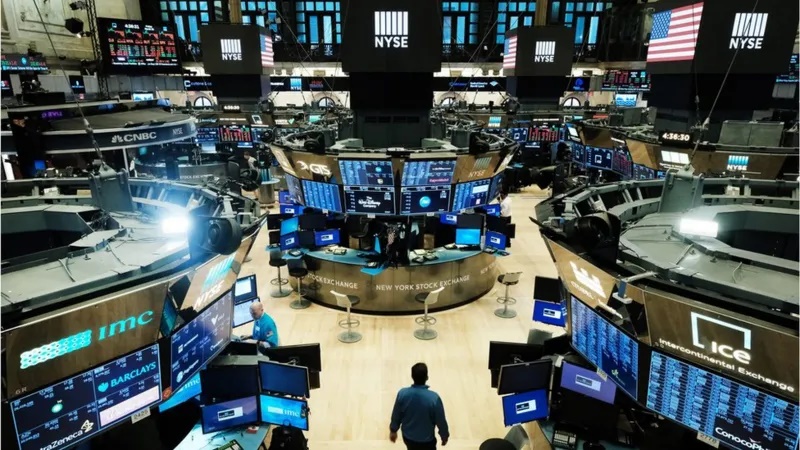Crude Oil Faces Critical Hours As Fate Of War In Ukraine Hangs In Balance

Samer Hasn
Crude oil is trading in a sideways range in the early hours of today with a slight upward bias of 0.25% for both Brent and West Texas Intermediate (WTI).
Price movements may remain limited for the rest of this week’s trading as the market awaits signals regarding the course of the war in Ukraine, with U.S. President Donald Trump and Russian President Vladimir Putin set to meet tomorrow in Alaska.
The significance of this meeting lies in its potential consequences if the outcome is not in line with Trump’s expectations. Such consequences could involve deepening Russia’s economic isolation and targeting its oil exports, which could reduce global supply and potentially push prices higher, at least temporarily.
Trump’s threats to Putin are nothing new, nor is Putin’s disregard for them. The deadline set by Trump for Putin to negotiate a ceasefire passed last Friday without any action being taken. Still, achieving Trump’s objective from this meeting would be highly significant given that it will take place on U.S. soil. In other words, as Axios notes, any sign of Putin’s lack of seriousness about ending the war would be interpreted as a direct challenge to the U.S. president on his own ground. Similarly, Nicholas Kristof argued in a New York Times opinion piece that Trump’s failure to stand firm with Putin could embolden China to act more aggressively toward reclaiming Taiwan.
Trump’s growing need to exert pressure for an agreement clashes with several factors that could reduce the chances of reaching a deal, especially a serious and lasting one. The Wall Street Journal’s Editorial Board believes it is difficult to imagine an agreement being reached without the presence of Ukrainian President Volodymyr Zelensky, who will not be attending the meeting. They also argue that genuine guarantees must be offered to Zelensky regarding Russia’s commitment to a ceasefire, citing the violation of the Minsk I and II agreements shortly after they were signed. Furthermore, the Editorial Board suggest that Trump would do better to combine economic pressure on Russia with increased support for Ukraine.
So far, however, no guarantees have been proposed that might encourage Ukraine to make concessions, nor is there sufficient pressure on Putin to withdraw behind the front lines. Therefore, I find it unlikely that tomorrow’s meeting between Putin and Trump will yield an agreement that leads to long-term peace in Ukraine. Instead, the war may escalate further, with the expansion of sanctions potentially being the first step in that escalation.
That said, these bullish geopolitical factors are countered by bearish economic ones. The International Energy Agency has raised its forecast for supply growth this year to 2.5 million barrels per day, up from its July projection of 2.1 million barrels per day. This increase in supply coincides with signs of weakness in major economies, most recently from China, where new loans unexpectedly fell by 50 billion yuan in July, which is something not seen in two decades. This drop reflects a low appetite for borrowing, driven primarily by pessimism over the economic outlook of the world’s largest oil importer.
Hasn is Senior Market Analyst at XS.com






